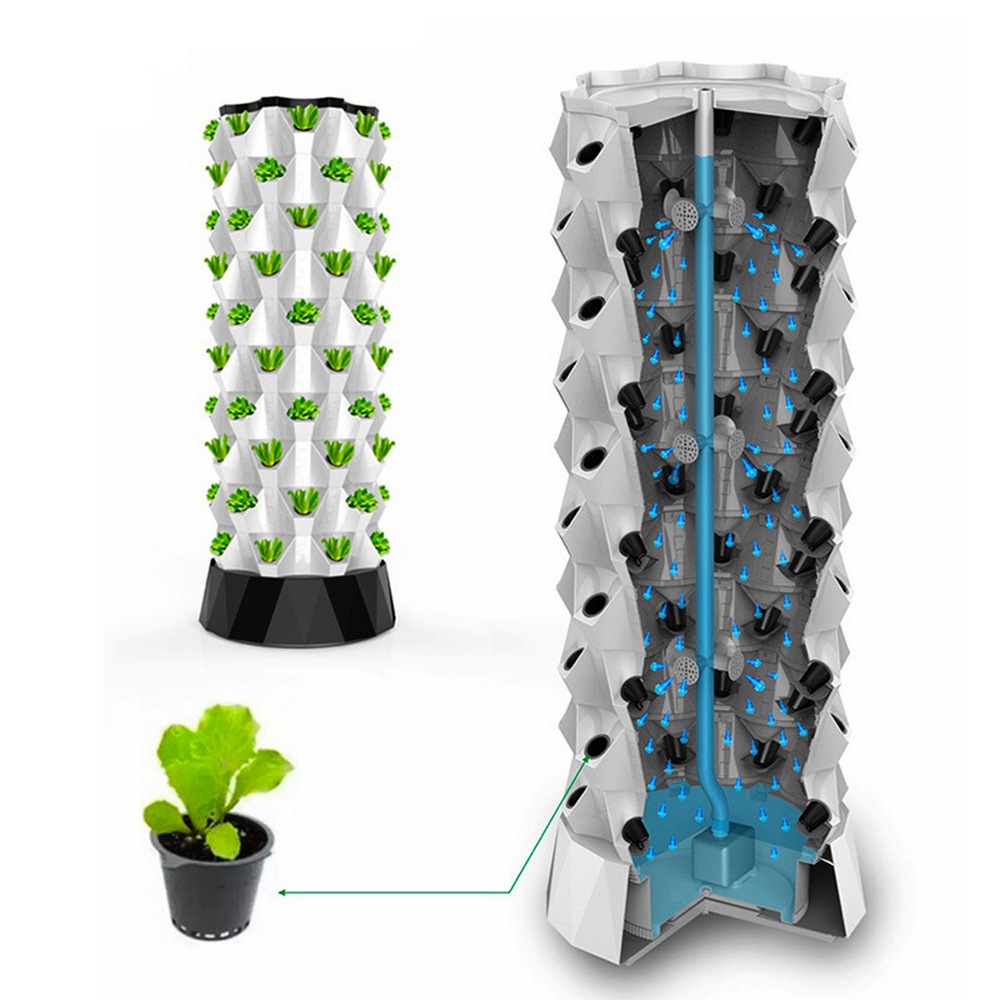this post was submitted on 26 Jun 2023
23 points (100.0% liked)
Solarpunk
5463 readers
46 users here now
The space to discuss Solarpunk itself and Solarpunk related stuff that doesn't fit elsewhere.
Join our chat: Movim or XMPP client.
founded 2 years ago
MODERATORS
you are viewing a single comment's thread
view the rest of the comments
view the rest of the comments

I have gone back and forth on vertical farming. There are scams in the field, but there are also some merits (most of them apply to urban farming in general).
The main issue you have with vertical farming is that there is only so much stacking you can do before you get out of light. A pillar like in the illustration projects a shadow, in which you can't really put plants.
However right now sunlight is not the limiting factor for plants growth. IIRC depending on the plant it is either water or CO2 so you can do some amount of vertical farming. To me, the interest is not to come as a replacement for regular farming (so growing grains is not the issue, you will have a hard time beating the efficiency of a flat field + tractor), the interests are:
So to sum up, it is less of a solution to make regular agriculture sustainable and more to make sustainable agriculture more enjoyable. Actually one does not need tasty herbs and exotic fruits, but the ability t have them without poisoning the planet is nice and, well, solarpunk.
That is a very interesting perspective, thank you for making me think of things in a slightly different light. But yes I agree any type of advancement in farming from this point in human history and onwards should be attempting to achieve 2 things:
Dont poison the planet (we kind of need it)
Make food preferably with some variety
Depending on how you generate power, you could use LED grow lights in vertical farms. You also have the luxury of working in an environment that you can tightly control; that means you may not need to use pesticides or herbicide at all. If you aren't working in large fields, you can get away from using heavy diesel farm equipment.
Fundamentally, we need to use less land for farming, we need to use far fewer pesticides and herbicides, and need to reduce the emissions associated with farming. Vertical farming has the potential to help with all of those.
The pest control is true for the short term, though I find that over time even well kept facilities develop some kind of pest problem.
maybe if they kept chickens in the lobby...
You could, for instance, shut down at the end of a cycle and do a thorough cleaning without using pesticides. Using steam, heat, and high-powered ultraviolet light, you should be able to effectively kill any pests or eggs that pests are leaving. Yes, pesticides are certainly less expensive in the short run, but in terms of long-term health for the entire planet, they're super-bad.
There's an organic produce company in Manhattan that uses vertical grow chambers and they get around the lighting problem by illuminating from the center of the cluster and rotating the plant pods occasionally.
They get around energy usage by charging a premium and taking advantage of state agricultural grants.
It's expensive but you can get city grown butter lettuce year round.
Normally that would be a bit of an heresy, but fun thing: with the good LEDs at the good frequency, you can make a solar panel + LED setup that is actually efficient enough to provide more light to the plant than it would normally receive.